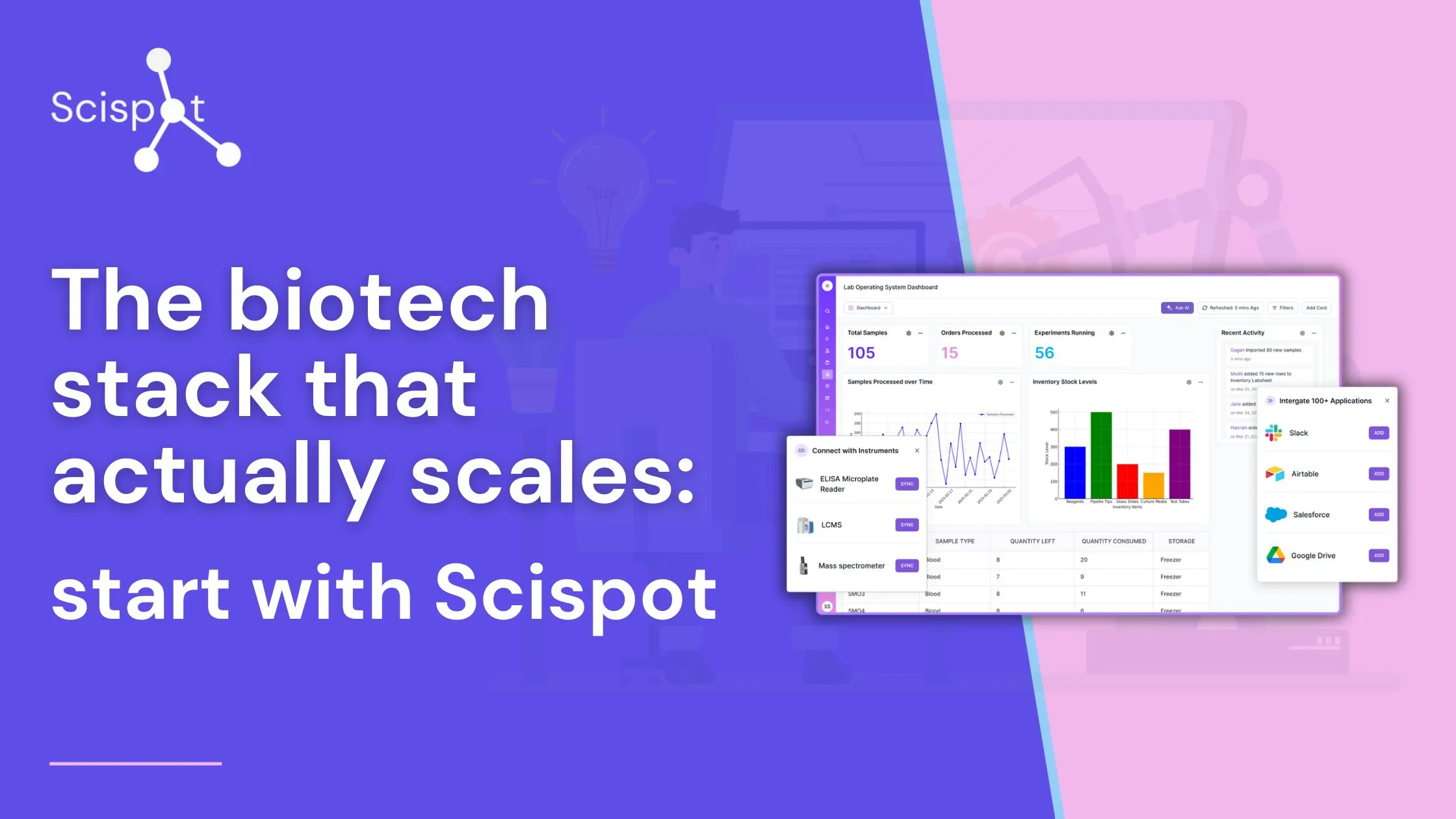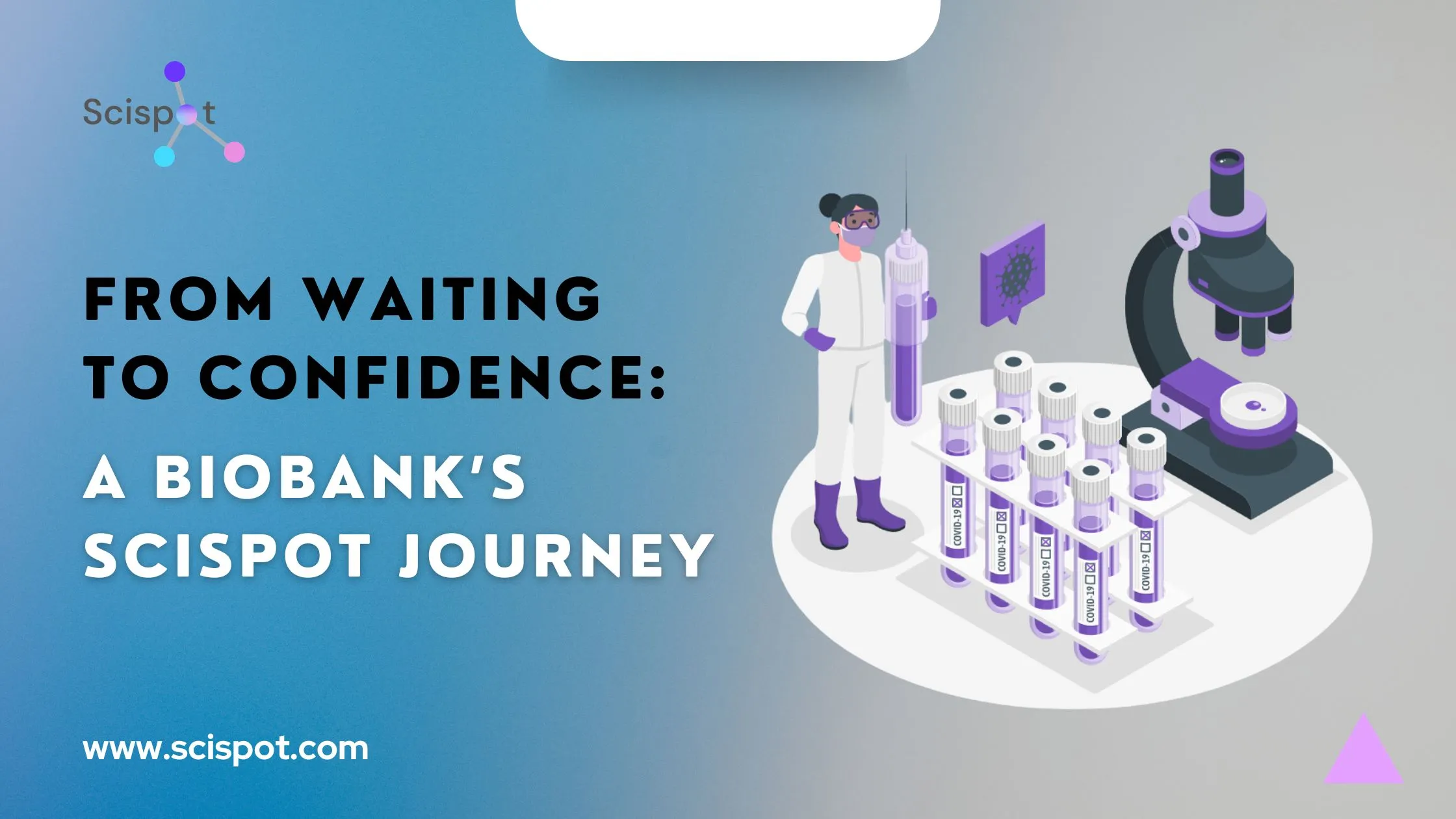Alright, let’s cut through the noise. You’re in an R&D lab, right? You’re dealing with more data from your lab instruments than you know what to do with.
It’s a mess. You dump it into the cloud, hoping for the best, but deep down, you know it’s just sitting there, not living up to its potential. This isn’t just inefficient; it’s a cry for help.
We’re stuck in a cycle. Collect data, shove it into the cloud, try to make sense of it, and repeat. The steps sound straightforward but are anything but:
- Collecting Data: It's like catching rainwater with a sieve. Sure, you’re getting something, but is it really what you need? Say you have a bunch of binary files from LCMS dumped into your S3 bucket, now what?
- Creating data pipelines: Are the pipelines transforming the binary files in a way that satisfies your data requirements? Or is it just another shiny tool?
- Organizing Data: You're trying to bring some order, defining metrics, but it’s like herding cats.
- Sharing it with wet lab folks: It feels like you’re always one step behind, trying to keep everything consistent.
This isn’t working. How do you make sure the data integrity in the lab is maintained as instrument data shakes hands from one tool to another? Can you run your instrument data management as an assembly line?
We hear from various labs that operational efficiency is very important with instrument integration. Often connecting your instrument binary files with experiment runs is very time consuming.
There are compliance issues, data transcription error. All of this makes integrating your instrument data with LIMS a nightmare. Ultimately this results into time and cost overruns, and you don't get the return on investment as you build your data infrastructure for instruments.
One of the ways is to build a secure API in-house or use a tool that helps you do it.
Think about it. APIs are like the secret tunnels that connect different parts of your lab’s data world. They’re not just for the IT crowd. They’re for anyone who’s tired of data going to waste.
These APIs? They’re your data’s best friend. They make sure your data doesn’t just sit there; they turn it into something useful, something actionable.
Scispot collaborates with more than 100 R&D laboratories that encountered a similar issue. We made an API layer over data lake a.k.a Labsheets to help labs connect their equipment easily and securely.
With Labsheets information management system, you’re not just collecting data; you’re integrating it. You’re making every piece of data count, connecting dots you didn’t even know existed.
- Seamless Data Transformation: Easily connect your transformed metadata file from instrument with your experiment runs
- Wet Lab Meets Dry Lab: No more disconnect. Wet lab folks don't have to rely on you for every request. With the API integration, you can schedule the sync from your pipeline to Labsheets easily
It’s time to stop accepting the status quo. Your lab’s data has so much potential, and it’s about time it lived up to it. Secure API integration isn’t just a fancy term; it’s your lab’s future. Every R&D lab should be API-first.
Here is an example on how building an API layer over your data lake to interface with your instruments can help.
Before
You run your sequencing jobs, and the Illumina spits out a flood of data. It's valuable, sure, but it's also raw and unrefined. You store it, probably in some cloud service like AWS S3, and it sits there, waiting for someone with the right skills and a lot of time to make sense of it. It's like having a gold mine but no tools to extract the gold.
After
After your Illumina Sequencers finish sequencing, the data is not lost but securely integrated into an API for easy access. Instead, it's automatically structured, tagged, and integrated with your ongoing projects and experiments.
- Instant Clarity: Imagine being able to see, at a glance, what each dataset means, how it connects to your project, and what the next steps are. No more guessing games.
- Seamless Integration: Your wet lab data now talks directly to your dry lab analysis. The Illumina's output becomes a fully integrated part of your research pipeline, not an isolated event.
- Effortless Collaboration: Sharing data with your team isn't a chore. With everything tagged and organized, collaborating on projects becomes as simple as sharing a link.
Gone are the days of manually transferring, tagging, and integrating sequencing data. With Labsheets and your Illumina Sequencers working in tandem through secure APIs, your lab becomes a model of efficiency and innovation. This isn’t just about saving time; it’s about elevating your research, making breakthroughs faster, and pushing the boundaries of what's possible in genomics.












